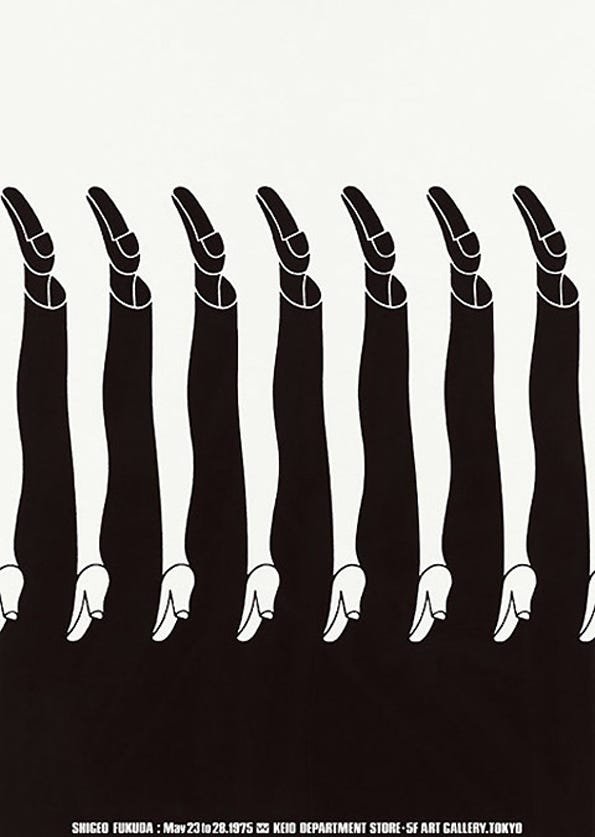Positive Negative Space Lesson ZEROTHRUFIVE

Cover Negative vs. Positive How To Use Space To Create Seamless Design Compositions? by Ayesha (595x837)
Table of Contents:
- What is Positive and Negative Space?
- Why is Positive and Negative Space Important in Design?
- How to Use Positive and Negative Space in Design
- What are Some Examples of Good Use of Positive and Negative Space?
- What are Some Common Mistakes to Avoid When Using Positive and Negative Space?
What is Positive and Negative Space?
Positive space is the subject or the focal point of a design, while negative space is the background or the area surrounding the subject. Positive and negative space work together to create balance, contrast, and visual interest in a design.
Positive space can be any element in a design, such as a shape, image, or text, while negative space is the area around it. For example, in a logo design, the positive space might be the company name or symbol, while the negative space is the white space surrounding it.
Why is Positive and Negative Space Important in Design?
Positive and negative space are important in design because they help create balance and harmony in a composition. When used effectively, they can help guide the viewer's eye to the focal point and create a sense of movement and depth in the design.
Additionally, positive and negative space can be used to create contrast and emphasize certain elements of a design. For example, using a dark background with light text can create a high contrast design that is visually striking and easy to read.
How to Use Positive and Negative Space in Design
When designing with positive and negative space, it is important to consider the overall composition and balance of the design. Here are some tips for using positive and negative space effectively:
- Start with a clear focal point: Identify the main subject or message of the design and use positive space to highlight it.
- Use negative space to create breathing room: Negative space can help create a sense of balance and prevent the design from feeling cluttered or overwhelming.
- Think about the relationship between positive and negative space: Experiment with different compositions and placements to find the most effective balance between the two.
- Use contrast to create visual interest: Experiment with different colors, textures, and shapes to create contrast and highlight certain elements of the design.
- Pay attention to the details: Small changes in the placement or size of elements can have a big impact on the overall composition.
What are Some Examples of Good Use of Positive and Negative Space?
There are many examples of good use of positive and negative space in design. Here are a few:
- The FedEx logo: The negative space between the "E" and the "x" creates an arrow that emphasizes the company's speed and precision.
- The Apple logo: The simple design uses negative space to create a clean and iconic image that is instantly recognizable.
- The Coca-Cola logo: The negative space in the logo creates a sense of movement and energy that reflects the company's brand identity.
What are Some Common Mistakes to Avoid When Using Positive and Negative Space?
While positive and negative space can be powerful tools in design, there are also some common mistakes to avoid:
- Overuse of negative space: Too much negative space can make a design feel empty or unfinished.
- Ignoring the relationship between positive and negative space: It is important to consider the balance between positive and negative space and how they work together to create a composition.
- Cluttered design: Failing to use negative space effectively can make a design feel cluttered and overwhelming.
- Poor contrast: Failing to use contrast effectively can make a design feel flat or uninteresting.
Conclusion
Positive and negative space are important elements in design that can help create balance, contrast, and visual interest. By understanding how to use these elements effectively, designers can create compositions that are both visually striking and effective at communicating their intended message.
Post a Comment for "Positive Negative Space Lesson ZEROTHRUFIVE"